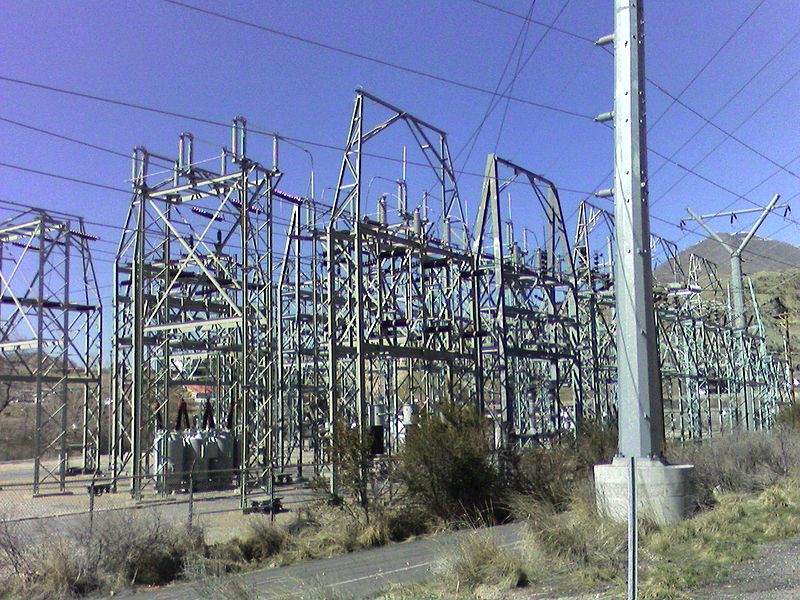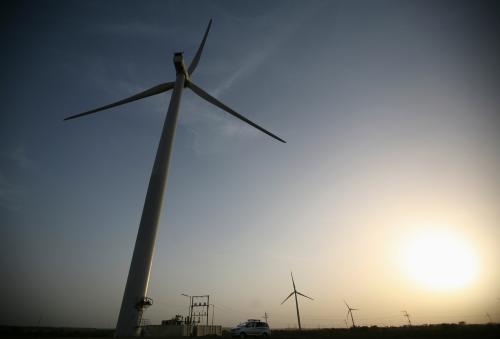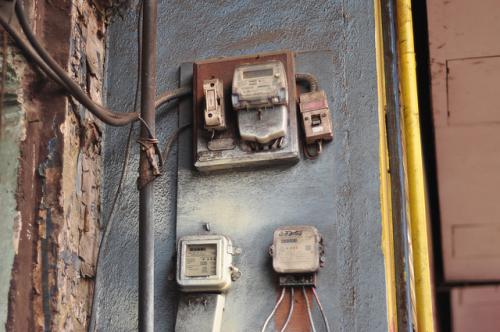Content from the Brookings Institution India Center is now archived. After seven years of an impactful partnership, as of September 11, 2020, Brookings India is now the Centre for Social and Economic Progress, an independent public policy institution based in India.
In August 2015, the Ministry of Power released the State Distribution Utilities Third Annual Integrated Ratings. This is the third instance of rating for utilities undertaken by the same agencies, thereby imparting some consistency to them. Though it is a transparent attempt to measure utility operations and financial performance, the current metrics do not go far enough to link operations with financial performance, nor are they sufficient in terms of granularity (capturing variance within a utility). In this discussion paper, in addition to improvements along those dimensions, we suggest a range of additional and proxy metrics to be added for greater insights.
Importantly, this Note does not focus on any specific utility or rating, rather on the methodology for the ratings.
Key Insights:
- Accounting as per norms is accrual basis, but a cash basis accounting would lead to many insights about creation of regulatory assets (IOUs), or regular adjustments (“true-ups”) necessitated due to systemic issues of assumptions in things like power procurement costs, consumer load mix, receipt of promised subsidies, etc.
- Linking operations with finance using key metrics such as quantum of load shed, demographics of the area served, marginal cost of serving farthest regions from energy access, etc.
- Finding relevant cohorts is an important issue because of a wide variation in the coverage area of utilities in terms of size, consumer mix, rural-urban ratio, generator mix, etc.
- Tapping into the data for computing intra-utility variance of AT&C losses could possibly uncover focus areas for intervention to reduce the losses.
- There is value to adding new or proxy measures that have impact on performance including transformer failure rate, quantum of irrigation pump sets metered etc.
- The raw data must be released per utility so end-users can edit the weights for the comprehensive rating based upon their needs (a banker, a consumer group, etc.).
The Brookings Institution is committed to quality, independence, and impact.
We are supported by a diverse array of funders. In line with our values and policies, each Brookings publication represents the sole views of its author(s).










